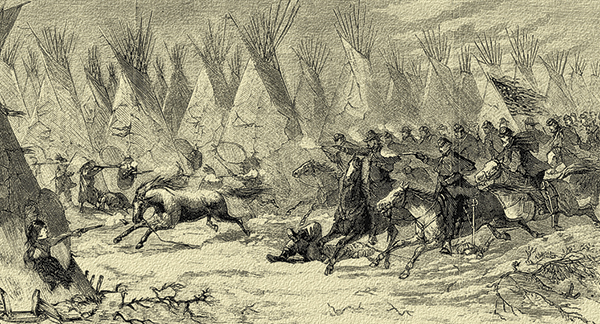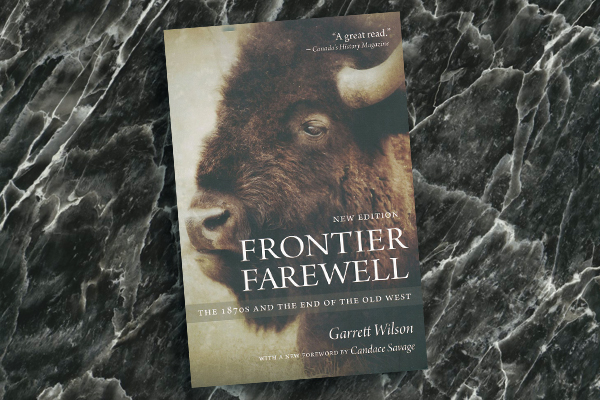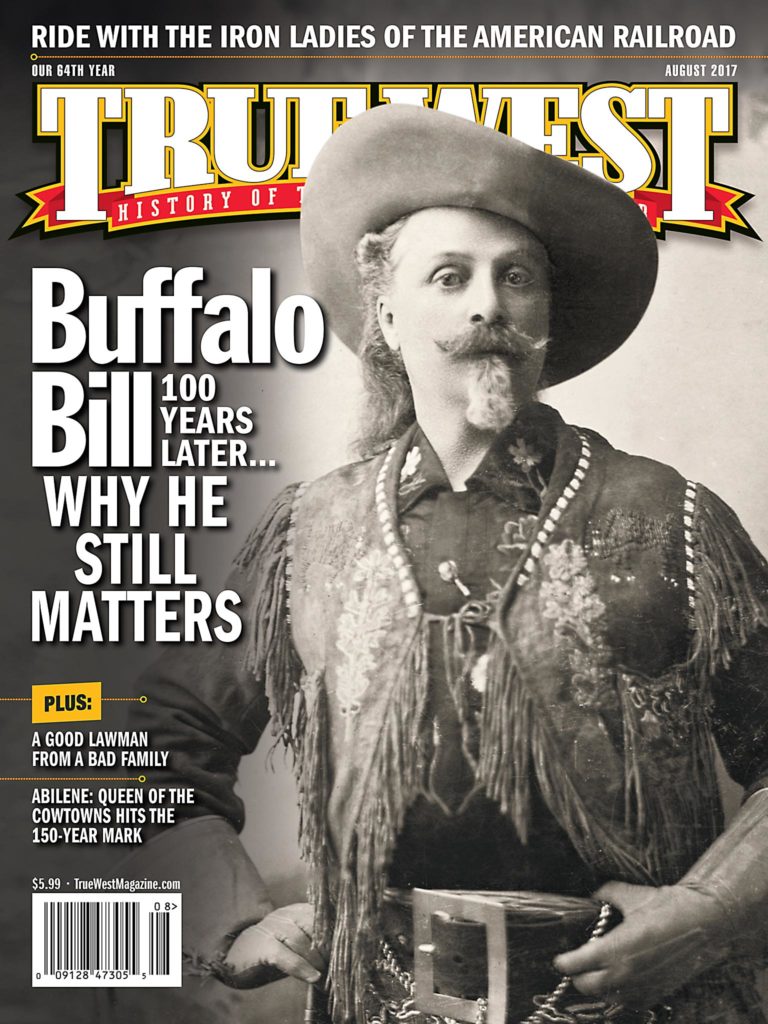What rifles did the U.S. Cavalry carry during the frontier era?
Paul Gordon – St. Thomas, Ontario, Canada.
Following the Civil War, the U.S. Army issued various longarms, including the seven-round Spencer and Springfield “Trapdoor” rifles and carbines that had been modified to accommodate the self-contained cartridge. The Army continued issuing the Springfield, based on the Allin Conversion, until 1898. These single-shot, breech-loading, .45 caliber models had a reputation for accuracy, even at a distance.
The budget-minded Army brass thought the Winchester repeating rifles were too expensive and too “complicated” for the typical soldier. During the Civil War, the 15-shot Henry rifle was available for use—however, it cost four times that of the Springfield. Consequently, the Army ordered a limited number of Henry’s.

– Courtesy Heritage Auctions, December 11-12, 2012 –
Yet the Spencer fared as well in range or accuracy as the Henry and Winchester. Rather than blame bad results on the weapons used, historians point toward poor marksmanship training. Prior to 1880s, target practice was nil. Only after George Custer’s disaster at the 1876 Battle of the Little Big Horn did that change, just a bit—the Army issued about 20 rounds per year for training.






